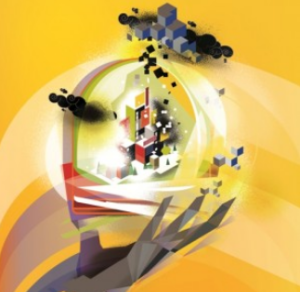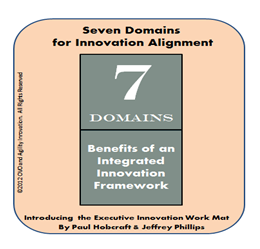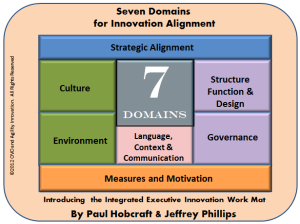 The challenges we are facing today seem to be coming faster at us, more complex to decipher and then re-evaluate how we should respond.
The challenges we are facing today seem to be coming faster at us, more complex to decipher and then re-evaluate how we should respond.
To achieve a faster response we certainly need to educate the organization more than ever.
We need to absorb more, we need to encourage learning more especially to pursue innovation.
We need to actively set up learning ways within our organizations to establish their abilities to recognize the value of new, external information (knowledge), assimilate it, and apply it to commercial ends.
Innovation within the organization needs not just greater recognition of its vital parts, but also of its status as a value-enhancing and organizational life-changing event that we need to move towards increasingly in more organized ways.
Innovation needs to be recognized as a clear discipline, new expertise that is as powerful as Marketing became some decades ago. Continue reading “Learning favours the brave who respond faster”








